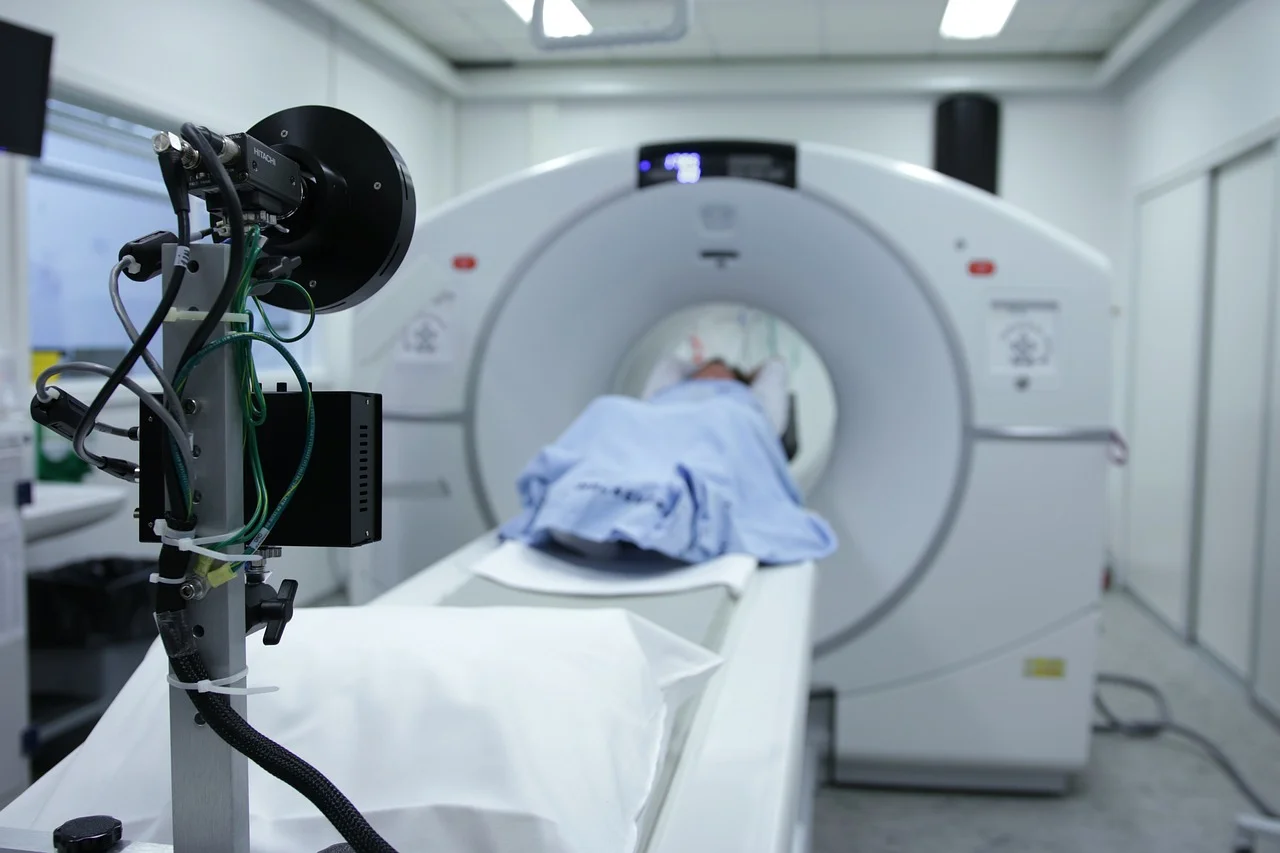Frequently Asked Questions
Radiology is a medical specialty that uses various imaging techniques, such as X-rays, CT scans, and MRIs, to diagnose and treat diseases. Nuclear Medicine, on the other hand, involves the use of small amounts of radioactive materials for diagnostic and therapeutic purposes.
Common radiology exams include X-rays, CT scans, MRI scans, ultrasound, and mammography.
The amount of radiation used in diagnostic radiology is usually safe. However, it's important to discuss any concerns about radiation exposure with your healthcare provider.
Interventional radiology is a subspecialty that uses imaging guidance to perform minimally invasive procedures, such as angiography, stent placement, and biopsies.
Preparation varies depending on the specific exam. Your healthcare provider or the radiology facility will provide instructions on how to prepare for the procedure.
Nuclear medicine focuses on the body's function, while X-rays and CT scans provide structural images. Nuclear medicine scans involve the injection or ingestion of a radioactive tracer.
Common nuclear medicine procedures include bone scans, thyroid scans, PET scans (Positron Emission Tomography), and cardiac stress tests.
Nuclear medicine scans are generally safe. However, there may be some minor side effects, and there are minimal radiation exposure risks. Your healthcare provider will discuss any potential risks with you.
.webp)


 040 6700 0000
040 6700 0000  040 6700 0111
040 6700 0111























